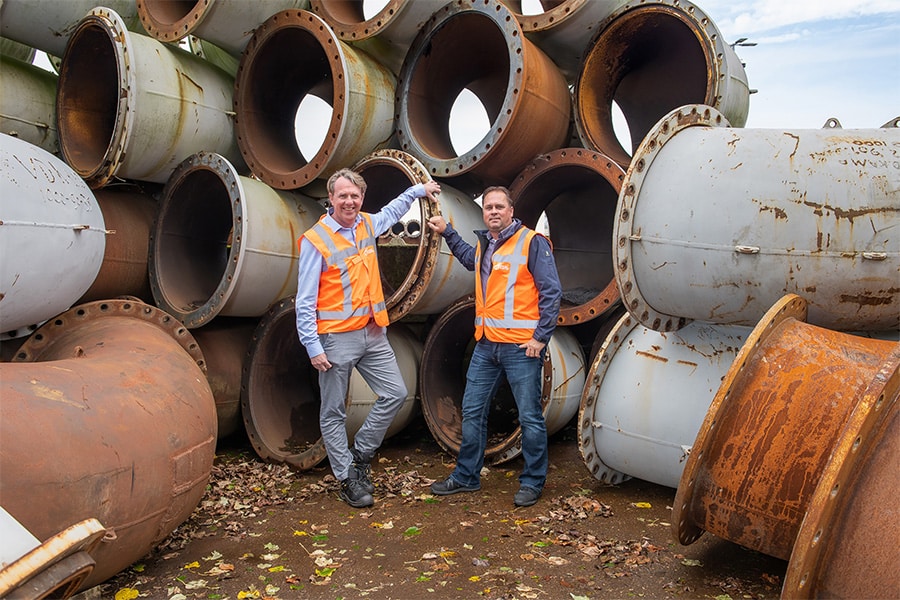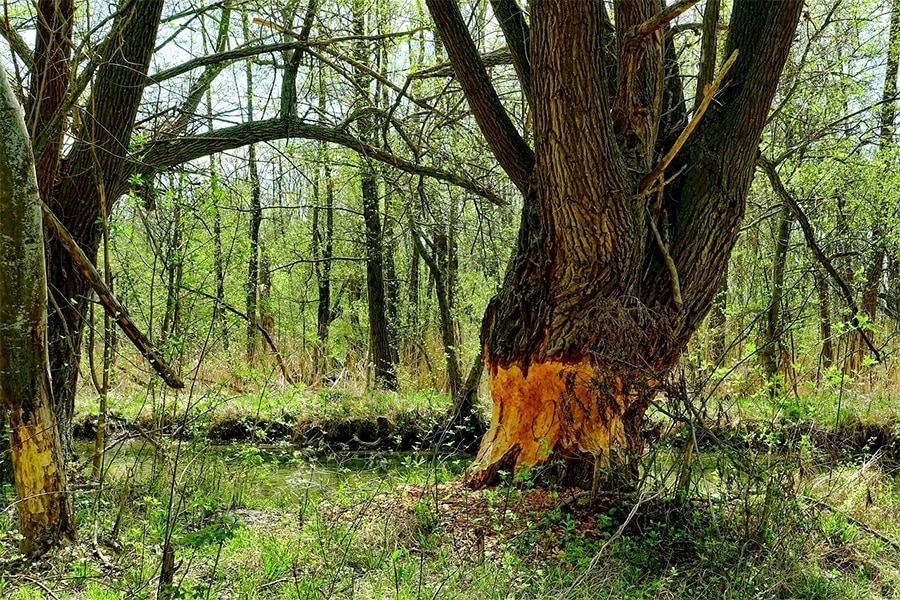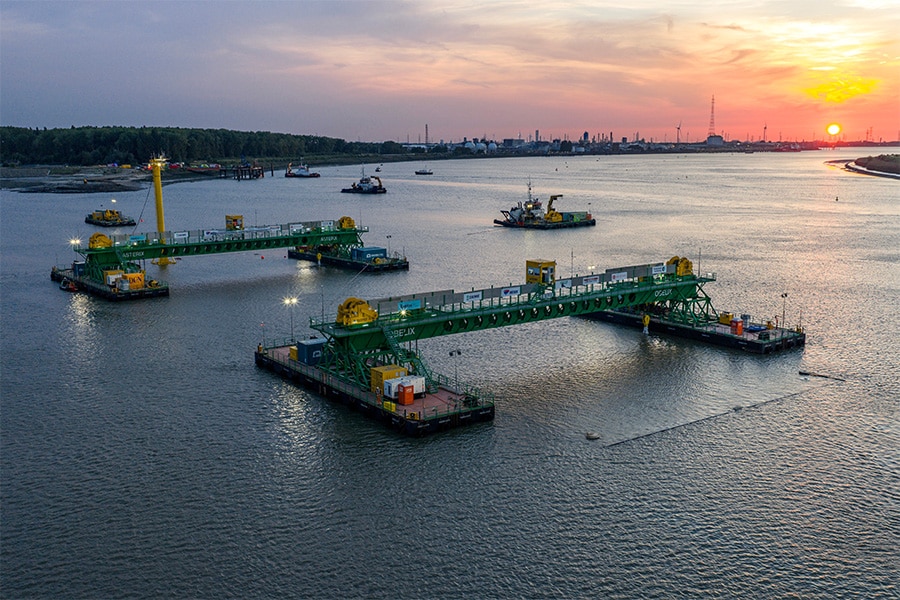
Clean water infiltration is more important than you think!
Therefore, we are developing a complete range of climate adaptive products
Large prolonged droughts versus massive downpours ... the climate is changing. The challenges involved, too low groundwater levels or, on the contrary, flooding, require appropriate solutions. "There are now a lot of products available in the field of drainage, water buffering and infiltration of rainwater," says Willy Bruckers, commercial director of TBS-SVA Group. But according to Willy, both clients and suppliers of infiltration systems are still too little concerned with infiltrating CLEAN water.

"This happens mostly unconsciously because it is far from always known that rainwater is not at all as clean as it runs off," Willy says. There are two reasons for this, he says: "On the one hand, rainwater falling on heavily traveled infrastructure takes all kinds of subsurface pollution with it on its path. On the other hand, infiltration systems are silting up. We think it's incredibly important to realize how much pollution is now infiltrating our groundwater, because that's mostly what our drinking water is made from."
Climate adaptive products
"Clean water infiltration is so much more important than people think. That's why we are in the midst of developing a complete range of climate-adaptive products with TBS-SVA." These will otherwise become the sanitation sites of the future, according to Willy. "Our Cyclone filter well gully is specially designed to keep pollution out of infiltration systems. Three traditional gullies can be connected to it. The water passes through the fine-mesh filter like a cyclone, with the clean water going to the clean water outlet thanks to centrifugal force, which can be connected to any infiltration facility. The dirty water is drained to the sewer system. This is how we keep surface and groundwater cleaner." Furthermore, Willy mentions the Cool City Draingoot: a new form of water buffering, drainage and/or infiltration that focuses on greening and cooling downtown."

Mini Rain Garden
There is also the Mini Rain Garden: one of the most recent developments within TBS-SVA. "The Mini Rain Garden is basically nothing more than a reinforced concrete container with plants in it, which you can place in a city as a traffic inhibitor, for example. But the substrate under the plants retains water longer, allowing the greenery to stay green and grow longer, even in longer dry periods. Because carbon was added to the substrate, the water that sinks through it to the underlying drainage pipe had a cleansing effect. In this way we address several issues simultaneously: the extra green space helps combat heat stress in an inner-city environment, the water is buffered and slowed down and the collected water is purified and relatively cleanly discharged to, for example, a lower lying wadi or infiltration system.

Pioneering is not something we do alone
"With these kinds of innovative products, we are trying to prevent contaminated water from entering public spaces. And more will follow," says Willy. "In that respect, TBS-SVA is really a pioneer in smart developments in the field of climate adaptation. But we don't pioneer alone: for the Mini Rain Garden we entered into a partnership with BvB Landscaping, developer and producer of substrates for public spaces, and for GreentoColour® with Griffioen which specializes in green planting in public spaces. Both parties are major players in the market. We ourselves are originally a concrete-cast-iron factory and together we developed the Mini Rain Garden." The extremely durable container lasts a long time and you can replace the substrate and plants quite easily after 10-15 years or so if necessary. Moreover, the trough as a whole is fairly easy to move. At the Vakbeurs Openbare Ruimte in Utrecht, which took place at the end of September, TBS-SVA presented a demo model of the Mini Rain Garden. "People reacted enthusiastically to our climate-adaptive products and I hope they will be used frequently. Because we really see it as our mission to prevent polluted water from entering public spaces and are happy to make a difference in that with our products. On to a safe now and a cleaner future!"
Heeft u vragen over dit artikel, project of product?
Neem dan rechtstreeks contact op met TBS-SVA GROUP.
 Contact opnemen
Contact opnemen




